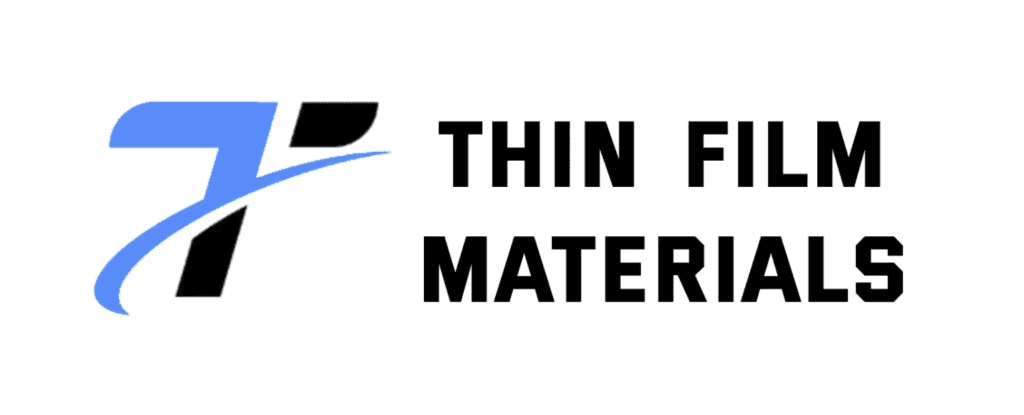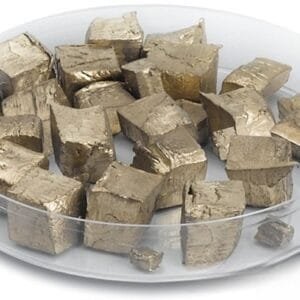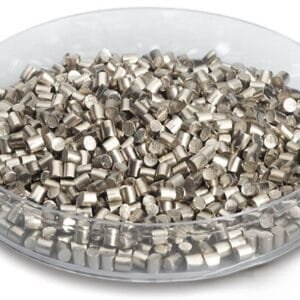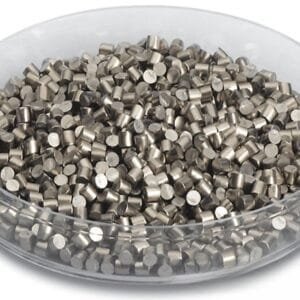Chromium(III) Oxide Evaporation Materials (Cr₂O₃)
Introduction
Chromium(III) Oxide (Cr₂O₃) Evaporation Material is a high-performance ceramic source used for thermal and electron-beam (e-beam) evaporation processes. Known for its deep green color and exceptional chemical stability, Cr₂O₃ is widely utilized to deposit hard, corrosion-resistant, and decorative thin films. Its excellent optical properties also make it valuable in optical coatings and energy-related applications.
Detailed Description
Chromium(III) oxide is a chemically stable and refractory compound with a melting point around 2435 °C, allowing it to perform reliably under high-vacuum and high-temperature deposition conditions. During evaporation, Cr₂O₃ forms dense, adherent thin films that exhibit excellent hardness, wear resistance, and chemical inertness.
These evaporation materials are typically fabricated into pellets, granules, or pieces for use in resistance-heated boats, crucibles, or e-beam sources. Each batch is carefully processed to achieve consistent purity and particle size, ensuring repeatable evaporation rates and film quality.
Key Features:
High melting point for stable evaporation behavior.
Strong adhesion and hardness of deposited films.
Chemically inert and corrosion-resistant.
Uniform coating performance and low contamination risk.
Available in multiple forms and purities.
Applications
Chromium(III) oxide evaporation materials are widely used in:
Optical coatings – antireflective and infrared-absorbing films.
Decorative coatings – for jewelry, watches, and architectural glass.
Hard protective layers – for cutting tools and wear components.
Semiconductor processes – diffusion barriers and dielectric layers.
Energy devices – coatings in photovoltaic and fuel cell components.
Technical Parameters
| Parameter | Typical Value / Range | Importance |
|---|---|---|
| Chemical Formula | Cr₂O₃ | Defines film composition |
| Purity | 99.9% – 99.99% | Reduces contamination and defects |
| Melting Point | 2435 °C | Enables stable high-temp operation |
| Density | 5.21 g/cm³ | Ensures consistent evaporation rate |
| Evaporation Source | Boat / Crucible / E-beam | Fits multiple deposition systems |
| Form | Pellets / Granules / Pieces | Customizable for system requirements |
Comparison with Related Materials
| Material | Key Advantage | Typical Application |
|---|---|---|
| Chromium(III) Oxide (Cr₂O₃) | Hardness & corrosion resistance | Optical & decorative coatings |
| Chromium (Cr) | High reflectivity & conductivity | Metallic coatings |
| Titanium Oxide (TiO₂) | High refractive index | Optical filters |
| Aluminum Oxide (Al₂O₃) | Thermal stability & transparency | Protective coatings |
FAQ
| Question | Answer |
|---|---|
| Can Cr₂O₃ be used in both resistance and e-beam systems? | Yes, it is compatible with both methods. |
| What crucible materials are recommended? | Tungsten, molybdenum, or alumina crucibles. |
| What color are Cr₂O₃ coatings? | Typically dark green to grayish-green, depending on thickness. |
| How is it packaged? | Vacuum-sealed with moisture protection and cushioned for transport. |
| What industries use it most? | Optics, semiconductors, decorative coatings, and tooling. |
Packaging
Each Chromium(III) Oxide Evaporation Material is vacuum-sealed to prevent contamination and moisture absorption. The materials are cushioned with foam and packed in anti-static or aluminum-laminated bags inside export-safe cartons or wooden crates.
Conclusion
Chromium(III) Oxide (Cr₂O₃) evaporation materials provide outstanding hardness, chemical resistance, and optical stability, making them indispensable for advanced thin film deposition. Their reliability and versatility make them a top choice for both industrial and research applications.
For detailed specifications and quotations, please contact us at [sales@thinfilmmaterials.com].
Ordering Table
| Material | Size | Quantity | Purity | Part Number |
| Chromium Oxide | 2 mm - 6 mm Pieces | 1 lb. | 99.9% | EVMCROX3-6MM |
| Chromium Oxide | 2 mm - 6 mm Pieces | 25 G | 99.9% | EVMCROX3-6MMA |
| Chromium Oxide | 2 mm - 6 mm Pieces | 50 G | 99.9% | EVMCROX3-6MMB |
| Chromium Oxide | 2 mm - 6 mm Pieces | 100 G | 99.9% | EVMCROX3-6MMD |
| Chromium Oxide | 2 mm - 6 mm Pieces | 250 G | 99.9% | EVMCROX3-6MMJ |
| Chromium Oxide | 2 mm - 6 mm Pieces | 1 kg | 99.9% | EVMCROX3-6MMKG |
| Chromium Oxide | 2 mm - 6 mm Pieces | 500 G | 99.9% | EVMCROX3-6MMT |


 MSDS File
MSDS File



Reviews
There are no reviews yet.